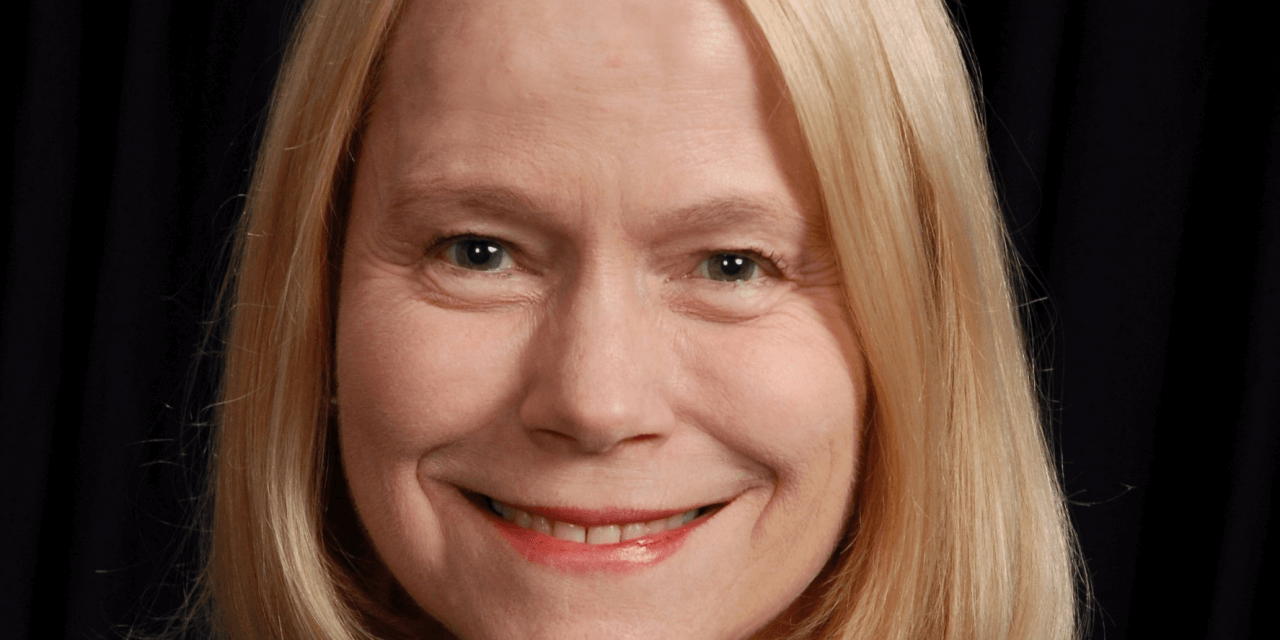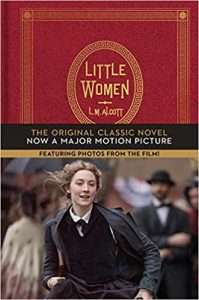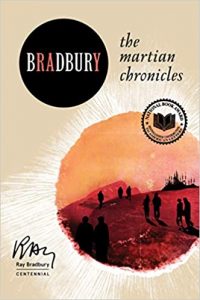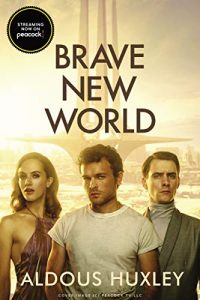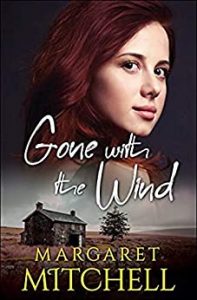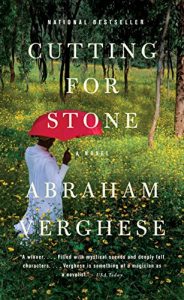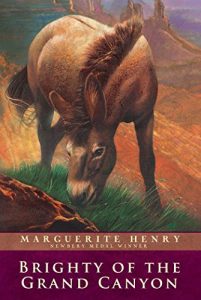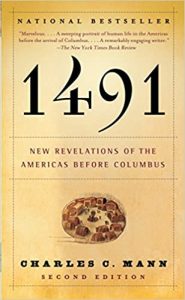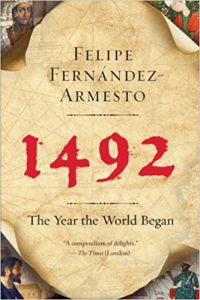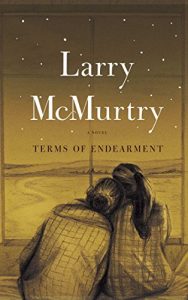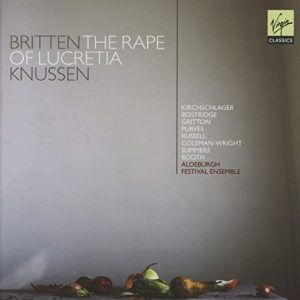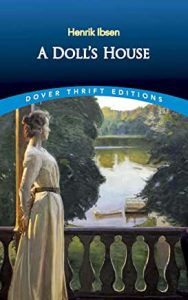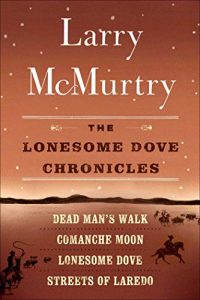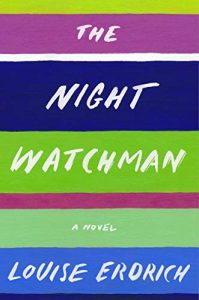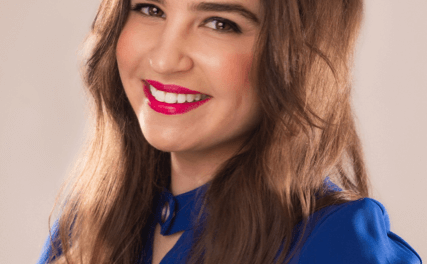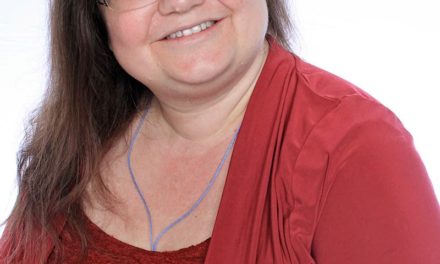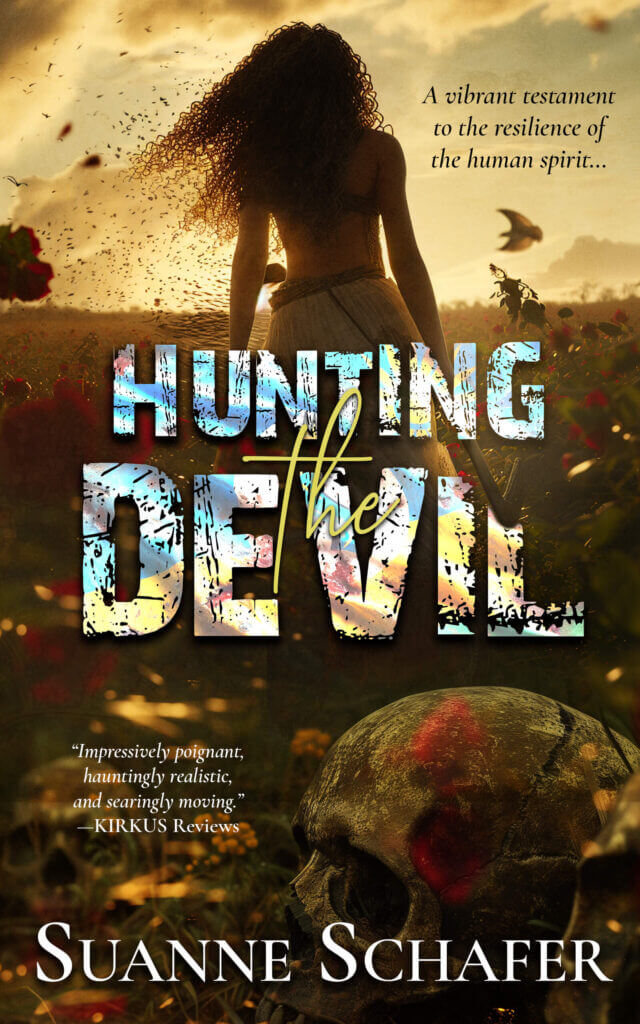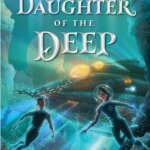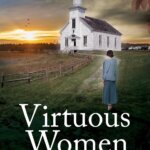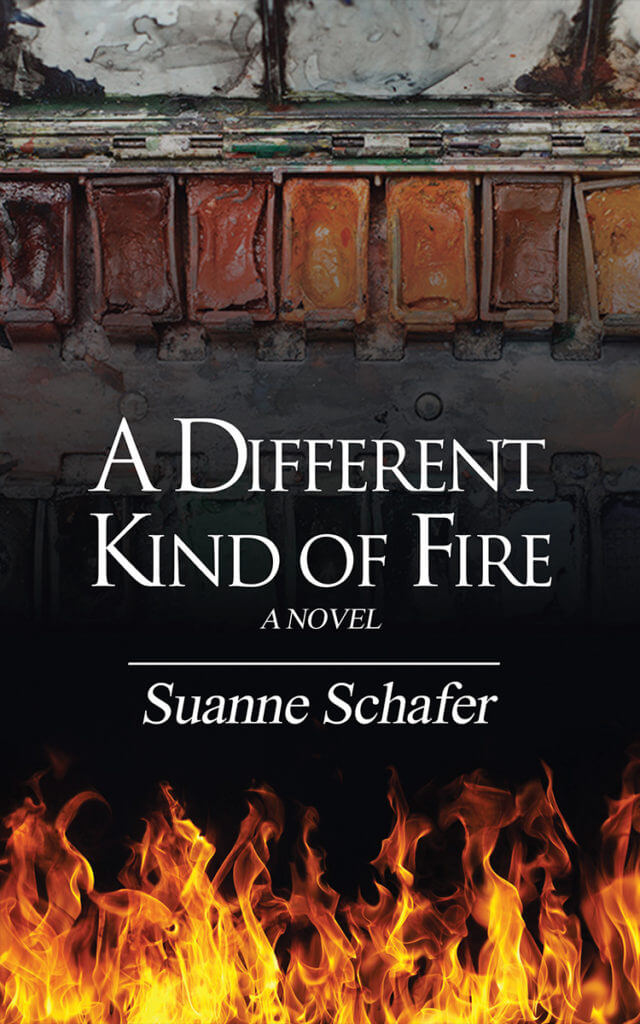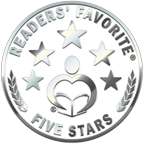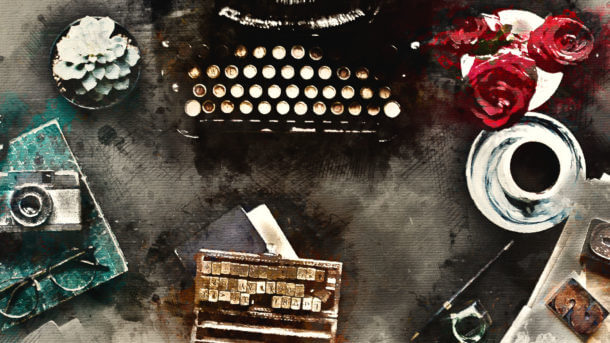Gayle Woodson is an award-winning writer and internationally-respected surgical educator. She began her career a time when female surgeons were an oddity and was one of the first women to train as a surgical resident at Johns Hopkins. She’s been involved in humanitarian work in South America, the Middle East, and Africa. Her award-winning novel, After Kilimanjaro, draws on twelve years of experience in Tanzania. Born in Texas, Dr. Woodson and her husband now reside in Florida, spend their summers in Newfoundland, and return to Africa for two months each year. They raised four children and have four grandchildren with one more on the way.
SS: Tell me a bit about your background, Gayle.
GW: I was born and raised in Texas. I rode my horse in rodeos and raised chickens. My father was a doctor and I followed in his footsteps. Women physicians were uncommon when I entered medical school in 1972. I was among the first five female surgery residents in surgery at Johns Hopkins. I was an intern in 1976, the same year that the first women became midshipmen at the US Naval Academy. I went on to have a career in academic medicine. I was Chair of a residency program and president of three different national medical societies, and served on committees at NIH and the FDA. I was the first woman elected to the American Board of Otolaryngology and was Exam Chair for five years. I have been a visiting professor on every continent except Antarctica and have done humanitarian work in South America, the Middle East, and Africa. Since retirement, I spend two months each year teaching at a hospital in Tanzania.
SS: Our backgrounds are remarkably similar. I was riding before I could walk, sitting on a pillow placed over the saddle horn with my grandfather’s arm around me. Unlike you, I waited until I was thirty-nine to go to medical school, so I interned in family medicine in 1995 at the age of forty-three. Have you always been driven to write? Or did you begin writing in response to a particular stimulus?
GW: As a child, I begged my babysitter to read to me until she was hoarse. I figured out how to make sense of the letters on the page as I looked over her shoulder and could read books before I learned the alphabet. I was the kid reading under the blanket with a flashlight after bedtime. I also loved to make my own books and “newspapers” out of construction paper bound with yarn. I wrote lots of poems and short stories. When I was in college, I thought of becoming a writer, but I decided I had lived a dull life and had nothing to write about. So I went to medical school. I still dreamed of writing a novel, but my career as a surgeon did not allow much time. Through the years, I began and eventually abandoned three different novels. Immediately after retirement, I spent two months at a hospital in Tanzania. I had been teaching there for twelve years but had never spent more than two weeks at a time. Suddenly I had time to write, and inspiration all around me. It wasn’t just the scenery and wildlife of Tanzania. More importantly the people and their stories inspired me, and a novel poured out of me.
SS: What are you working on at the moment?
GW: Two novels are in different stages of development. Leaving La Jolla is in its second draft. A physician with two small children returns to her hometown to live with her parents after the death of her husband. The small Texas town is in the throes of an opioid epidemic, and someone does not want her to be there.
The second is a sequel to After Kilimanjaro. I had not originally planned on writing a sequel, but my readers keep asking me for one. The working title is Beyond the Deepest River and will follow Sarah, the doctor in After Kilimanjaro into the Democratic Republic of the Congo. I have constructed the basic story line (which I know will morph as I write it) and am currently doing background research on this country that was decimated by Colonization. Sarah will be kidnapped by a rebel band to provide health care, which my Congolese friends tell me happens from time to time.
SS: People are asking for a sequel to my Hunting the Devil in which Dr. Jessica Hemings finally gets a happy ending. Not sure I can do that, though. Which non-literary piece of culture could you not imagine your life without?
GW: Music has always been a big part of my life. I love everything from opera to pop music. I am one of those people who can hear songs in my head, so am never really without music. I can play the “1812 Overture”, including the canons or jingles from TV ads. I learned to sing harmony as a child in family car trips. I began playing piano at the age of five, later took up the flute, and considered majoring in music in college. I sang in high school and college choirs and performed in musicals. My husband and I have sung in five different Methodist Church choirs. My husband and all four children play guitar. One son plays in a rock band and my daughter is an accomplished soprano.
SS: Do you believe in writer’s block? How about reader’s block?
GW: Writer’s block is absolutely a thing, no matter what you are writing: thank you notes, book reports, scientific journal articles, or novels. It occurs in varying degrees. When I sit down to write, it usually takes a few minutes to get into that “flow state,” when I block out the rest of the world and lose track of time. Occasionally, I just can’t get into the zone, so I go out into the garden and pull weeds or take a walk. Sometimes the best way to kickstart my mind is to read some other book or some poems.
Readers’ block? That happens occasionally, too. My eyes keep scanning and I keep turning pages, but then I realize that my I haven’t comprehended a thing.
SS: What works best for you: typewriters, computer, dictation, fountain pen, or longhand?
GW: Nowadays, computer. Absolutely. I have a picture of myself from thirty years ago, writing on a legal pad with a baby over my shoulder. I was working on a research grant proposal while on maternity leave. My secretary would come by every morning to pick up the yellow sheets and would drop off the type-written pages in the evening. Sometimes I would re-order paragraphs by cutting up the pages and taping segments together. One problem with writing in longhand was that like most doctors, I have terrible handwriting. Sometimes even I could not read it.
In 1988, I got a SuperSport laptop, a portable computer that had been developed for use by the US House of Representatives. It was pretty heavy. Nevertheless, I felt unbound. I was travelling quite a bit to give lectures as well as to serve on some federal committees. I flew between California and DC twice a month, and the laptop allowed me to get work done on the trip over. On the way back, I worked a novel. Unfortunately, when that laptop died a few years later, my novel went with it. The story is still in the back of my mind, and maybe someday I will resurrect it. either. In the meantime, there is so much more to write!!
I love using a computer for many reasons, including the cut and paste function. The thesaurus helps me find the mot juste!
SS: Long before I went to medical school, I did medical transcription and the keyboard in front of me morphed over the years from a Smith Corona and carbon paper to typewriters that had a memory function for a line or two (which was especially useful in typing normal chest X-Rays and such) until finally the computer. I bought my first Apple product in 1985, the Mac Plus, and have been an Apple person since. Do you ever incorporate something that happened to you in real life into your novels?
GW: All the time. I drew on personal experience in relating the medical events in After Kilimanjaro. And yes, I did climb Mount Kilimanjaro. Writing from personal experience allows me to get not just the technical details right, but to also reflect the emotional perspectives accurately. What does it feel like to do CPR on a patient, to be the one who can save a life or watch a person die? What does it feel like walk beside a lion?
SS: Do you believe you write the kind of book you’d want to read?
GW: Absolutely. I don’t see the point in writing something that I cannot love and be proud of.
SS: What books inspired you as a child?
GW: As a child I loved to read biographies written for children about famous women, like Florence Nightingale, Julia Ward Howe, Jane Adams, and Louisa May Alcott, who used her own family life in Little Women. Then I read a children’s book that introduced me to science fiction: The Wonderful Flight to the Mushroom Planet, by Robert Henneberger. I still think it is one of the most imaginative and satisfying books I have ever read. I later went on to read more mature sci fi: Ray Bradbury’s The Martian Chronicles, Aldous Huxley’s Brave New World, Kurt Vonnegut’s Sirens of Titan. But I also read a wide spectrum of books. When my junior high friends were reading Gone With the Wind, I was reading Thurber’s The Bridge of San Luis Rey.
As an adult, I enjoy reading fiction, but I am most inspired by science and history. My favorites include Guns, Germs, and Steel, 1491, and 1492.
SS: I don’t believe I’ve interviewed anyone else that I’ve read every single book someone has listed as influential in their lives. What was the first book you fell in love with?
GW: Brighty of the Grand Canyon, by Marguerite Henry, a book about a donkey. I had a love/hate relationship with my own horse, Shorty, who was a quarter horse with the disposition of a donkey.
SS: What’s the first book you read that made you think, “I’ve got to write something like this someday!”
GW: Cutting for Stone by Abraham Varghese.
SS: Name five things you wish you’d known before you published your first novel.
GW: Proofread, proofread, proofread.
Invest in good editing and don’t rush to get published.
A publicist does not market your book. You have to do that yourself.
There are billions of books out there.
Proofread again.
SS: At what point did you come up with the title? Did your publisher change it?
GW: My original title was The Green Ibis, named for a bird that keeps popping up in the story, kind of like the green Volkswagen in the Steve McQueen movie, Bullet. I got widespread pushback on that title from beta readers. Then I thought about Where Angels Tread, but there are other books with that title. My publisher worked with me to come up with After Kilimanjaro. I had thought about Beyond Kilimanjaro, because the main character comes to Tanzania because her boyfriend wants to climb that mountain, then learns there is so much more to the country. Turns out there were other books by that title, so I settled on After Kilimanjaro.
I think it was a good choice. I took some books to a tourist shop in Tanzania, planning to leave them for sale on consignment. The owner paid me in cash up front, saying that anything that had to do with Kilimanjaro would sell like hotcakes. Because of COVID, I haven’t made it back to that shop to see if he was right.
SS: How did you make the decision regarding point(s) of view?
GW: In After Kilimanjaro, I wanted to show what was going on in the head of the main character (Sarah) as she is assimilated into Tanzanian culture. I would not presume to have the insight of a native African. I like to use first person present tense for short stories but that can get tedious in a novel. I considered first person past tense, but I wanted to preserve the possibility that she might not live through the story and hence, not be able to recount the story from the future. Sooo, the conclusion was third person past tense was best, staying completely in Sarah’s POV. We never hear what is going on in other characters’ heads except through their dialogue and actions.
SS: Do you know the ending to your story when you put pen to paper?
GW: I started After Kilimanjaro in the middle of the story, with an American doctor caring for patients in a remote mountain village. I came up with that concept when I visited such a place and saw the great need for health care. I also wanted to showcase the talent and potential of Tanzanians. To create a plot, I had to come up with the way to get the doctor there and then I had to figure out an ending. At first, I was aiming for a James Heriot/All Creatures Great and Small kind of book. When I started crafting a plot, I added in the love story, which has turned out to be the heart of the book. (btw James Herriot’s book has a love story, too.) I considered three different endings. I won’t give away the one I picked!
SS: When writing, are you a night owl or morning person?
I used to be a night owl, but nowadays I start fading around 9 pm most evenings. Now I do most of my writing in the middle of the day, but I will burn the midnight oil when I am up against a deadline.
SS: Can men write women’s fiction?
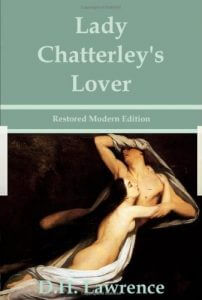
The opera, The Rape of Lucretia. OK, it’s not women’s fiction, but at the end of the performance, I asked myself, how did the male writers understand how violated the woman felt? And I was amazed at the accurate depiction of how completely clueless the men in the show were as to the devastating impact of rape.
Then there is Ibsen’s play, A Doll’s House. Can we count Lady Chatterley’s Lover?
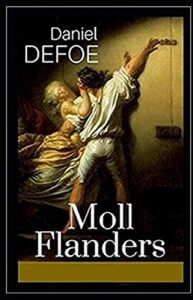
GW: The Night Watchman by Louise Erdrich
SS: Erdrich is another of my instant buys. Who’s your favorite women’s fiction author?
GW: My favorite woman who writes fiction is Ann Patchett. Does she write women’s fiction? Nope. She is not confined to that genre.
********************
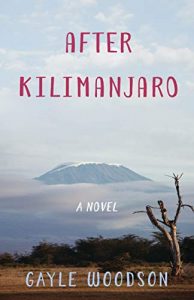
Amazon | B&N | Books2Read | Kobo | Apple | Bookshop.org
********************
An excerpt from After Kilimanjaro:
One would expect Mount Kilimanjaro to be clearly visible from a place called the Kibo View Lodge, but when the sun came up, there was no sign of the mountain. Sarah wandered around the grounds, peering over trees and hedges, and scanning the overcast horizon in vain. Her taxi arrived, and she asked the driver to point out the mountain. He smiled and shrugged. “Kibo very shy today.”
The road to the hospital was barely wide enough to accommodate two vehicles, yet somehow it functioned as a multi-lane thoroughfare. Motorcycles zoomed among cars and trucks. Tiny three-wheeled tuk-tuks trolled for passengers along the shoulders, perilously close to the deep square drainage ditches on either side. The dominant transports were Dala-dala minibuses, each with a man hanging out the door to recruit customers and a driver who felt completely entitled to claim the right of way at all times.
Her taxi wove back and forth to avoid potholes, people, and goats. The roadsides were lined with small shops, vegetable stands, beauty shops, and bars. Bright enameled cooking gas containers were arranged in splashes of orange, blue, and yellow. The aroma of corn over charcoal mingled with the smells of roasting fish and goat and petrochemical emissions. Sarah spotted a few establishments that displayed purple wreaths and ribbons and coffins in various stages of construction. A small white coffin lined in pink satin sat in the dirt yard of one shop.
Children ambled alongside the road, clustered in groups of color-matched school uniforms, chattering, laughing, and somehow managing to avoid being struck by traffic. The most popular color was royal blue, but forest green was a close second, and there were smatterings of rust, maroon, and mustard. Each uniform, inexplicably, included a pullover sweater, something that did not seem suited to a warm tropical climate.
At last the taxi turned down a hedge-lined road and Sarah had her first glimpse of Northern Tanzania Medical Center, a sprawling complex of stucco buildings. The security guard at the gate peered through the cab window and squinted at Sarah for a second before lifting up the barricade.
Sarah’s house was like all the others, in the doctor’s compound: cream-colored stucco walls, red tile roof, and battered green garage doors. Built in the ‘60’s, the homes had not been that well maintained. The linoleum on the kitchen floor was disintegrating and stains on the ceiling provided evidence of a leaky roof. But the house was spacious and clean. Large screened windows transmitted sunlight and jasmine-scented breezes.
Irene, the housing manager, pointed to a large sink near the kitchen door. “The housekeeper, Rosie, will wash your clothes here. You must buy washing powder. And she will i-ron your clothes.”
“My clothes don’t need ironing. They’re wrinkle-free.”
“You must i-ron the clothes. When the clothes are drying on the line, flies will lay eggs. You i-ron to kill the eggs. If you don’t, they will hatch on your skin.”
Sarah fought back the urge to scratch herself.
********************
This post contains Amazon Affiliate links. As an Amazon Associate, I earn a small amount from qualifying purchases.
